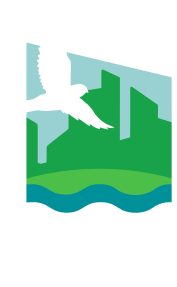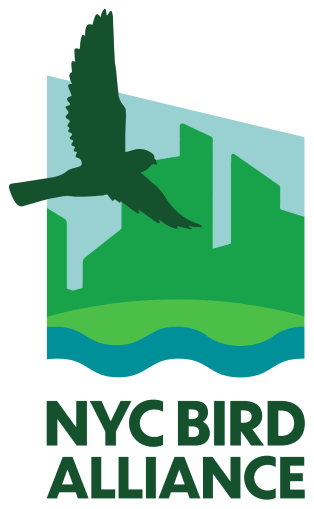John James Audubon
Spotted Sandpiper from "Birds of America" by John James Audubon. Courtesy of rawpixel/CC.
Our organization was formed in 1979 as The New York City Audubon Society. In June 2024, we changed our name to NYC Bird Alliance, a name that better represents our work and values.
Our work doesn't change: we remain committed to protecting wild birds and habitat across the City, and we remain a chapter of National Audubon. Here are answers to frequently asked questions about our original namesake, John James Audubon.
Our work doesn't change: we remain committed to protecting wild birds and habitat across the City, and we remain a chapter of National Audubon. Here are answers to frequently asked questions about our original namesake, John James Audubon.
Who was John James Audubon?
John James Audubon (1785-1851) was an accomplished artist and naturalist who achieved fame for his paintings of North American bird species. In addition to being collected in the super-sized book The Birds of America, engravings of the birds he painted were sold by subscription and became a popular way for Americans to explore avian life. Many of his original paintings and prints can be viewed now at the New-York Historical Society.
So popular were the paintings and engravings that after his death, Audubon’s name became associated with bird conservation. Many conservation groups now bear his name in tribute, as do numerous parks, streets, zoos, sanctuaries, and birds with “Audubon” in the name.
Ivory-billed Woodpeckers by John James Audubon. Courtesy of New-York Historical Society.
Black-billed Cuckoos by John James Audubon. Courtesy of New-York Historical Society.
Florida Scrub-Jays by John James Audubon. Courtesy of New-York Historical Society.
What’s wrong with John James Audubon?
Though he was a skilled painter and significant naturalist, there is another side to John James Audubon which has recently emerged through historical research and popular discourse. Audubon owned, purchased, and sold enslaved people. He also wrote about returning escaped enslaved people to their owners and of his strong opposition to the growing abolitionist movement. Those views and actions are antithetical to our mission to protect birds and to engage all New Yorkers as stewards of urban biodiversity. (Read more about John James Audubon here.)
Was John James Audubon the founder of the Audubon Societies?
The Audubon societies, and the bird conservation movement, were created nearly 50 years after John James Audubon’s death.
John James Audubon died in 1851. In 1896, Harriet Hemenway and Minna B. Hall founded the Massachusetts Audubon Society, dedicated to stopping the killing of birds for plumage for women’s hats. They chose the Audubon name both because of John James Audubon’s popularity, and in honor of Lucy Audubon, wife of John James and teacher to George Bird Grinnell, another prominent naturalist.
In 1905, the founders of the National Audubon Society similarly chose the Audubon name for their organization because of its association with beautiful images of birds and Audubon’s important work in spreading knowledge of the diversity of bird species.
Was John James Audubon a conservationist?
While John James Audubon did not identify as a conservationist in the modern sense of the word, he did make important contributions to the early conservation movement in the U.S.
Audubon, born in 1785, lived during a time when the idea of protecting natural resources was not yet widespread. His main focus was on documenting and illustrating the birds of North America, which he believed were not well-known or appreciated by many Americans.
Audubon recognized the need to protect the habitats where the birds he studied lived. In his writings, he often commented on the destruction of forests and wetlands. Audubon lamented the destruction of wildlife and declining bird population, noting in his Labrador Journal (1833): “Nature herself seems perishing. . . . When no more fish, no more game, no more birds exist on her hills, along her coasts, and in her rivers, then she will be abandoned and deserted like a worn-out field.”
Audubon advocated for creation of the country’s first natural history museum and the establishment of bird sanctuaries which could provide safe spaces for birds to breed and thrive. His work popularized an appreciation for birds and nature, and inspired the founders of the early conservation groups that took his name. Many of today’s important bird conservation actions—the Migratory Bird Treaty Act and the ban on DDT—as well as critical community-based science efforts like the Christmas Bird Count, the Breeding Bird Atlas project, and the Great Backyard Bird Count owe a debt to Audubon’s art and the movement it inspired.
Why is Audubon’s legacy a problem now?
The Audubon name long conjured strongly positive images for many people, and for more than a century has been synonymous with birds and bird conservation.
But now that positive association has changed, with a spreading awareness of John James Audubon’s ownership, purchase, and sale of enslaved people and his defense of the practice as an anti-abolitionist. These revelations about Audubon’s activities and beliefs have upended his image and tarnished his legacy. As a result, many of our members, staff, and board believe that continued association with the Audubon name would be at odds with our values and our commitment to equity and inclusion and would do great harm to our efforts to expand our reach and bring more people into bird conservation.
Wasn’t Audubon just a person of his time?
John James Audubon’s racist views and actions went beyond the common sentiment of his time. While many of his peers in the United States owned and sold slaves, Audubon sold enslaved people to finance his collecting and publishing work. Additionally, while on a collecting trip to a plantation, he encountered escaped enslaved people and returned them to their owners.
During Audubon’s life the abolitionist movement was growing in strength, especially in New York where Audubon lived. By 1820 all of the Northern states had passed legislation to abolish slavery, but Audubon remained a defender of slavery and staunchly anti-abolitionist. (Read more here.)
Audubon has also been associated with the collection of human skulls from Indigenous people, a practice that some naturalists of his time participated in. Skulls that Audubon found or acquired during his travels made their way to Philadelphia. There, they became study specimens for Dr. Samuel George Morton, whose theories on skull size and intelligence formed the background of scientific racism. (Read more here.)
There are actions taken in the past that have real impact on people today. As an organization, we choose to recognize and acknowledge that for many people, the Audubon name and legacy is now painful, off-putting, a barrier. Living up to our values and our commitment to inclusion means that we cannot have a name that conjures up slavery and discourages involvement from anyone.
We want all New Yorkers to discover the joy that birds and nature provide, the value of being in wild habitats. We hope to make all people feel welcome in the spaces where we work and bird. Our name change gives us a chance to determine how we want to be known for the bird conservation work we do, and the engagement work that helps it. A name change is an expression of our values of inclusion.
Does a name change mean you also reject his bird paintings?
John James Audubon’s paintings are indeed beautiful and inspiring. We can value his art and achievement as a naturalist while rejecting his conduct and morality. Audubon was a skilled artist whose folios of bird paintings and his five-volume treatise on ornithology revealed to the world the richness and variety of avian life, and his direct impact on the birth of an American conservation movement continues to matter to us.
Aren’t you participating in “cancel culture”? Isn’t it better to acknowledge past wrong-doings, rather than erase history?
It’s not our intent to “cancel” John James Audubon. We are mindful of the past and of his contributions to the work we do today. But as we look at the future, we believe it is time to change our name. If we do not engage new audiences now with the nature in their midst, with birds, then our ability to effect meaningful changes on behalf of birds will suffer.
We are celebrating this moment in the evolution of our organization. We value this opportunity to share our values and to let New Yorkers know that we believe in an inclusive conservation movement. We have much work ahead of us, and much success to build on. We are the leader in preventing bird/building collisions in our city. We have studied the bird populations of the New York Harbor for decades, and are sounding the alarm about population decline due to climate change. We are at the forefront of the green roof movement to increase habitat for urban biodiversity. We share the wonder of birds through hundreds of free public programs annually. In changing our name, we hope to highlight that we are devoted to bird conservation and to an equitable conservation movement.
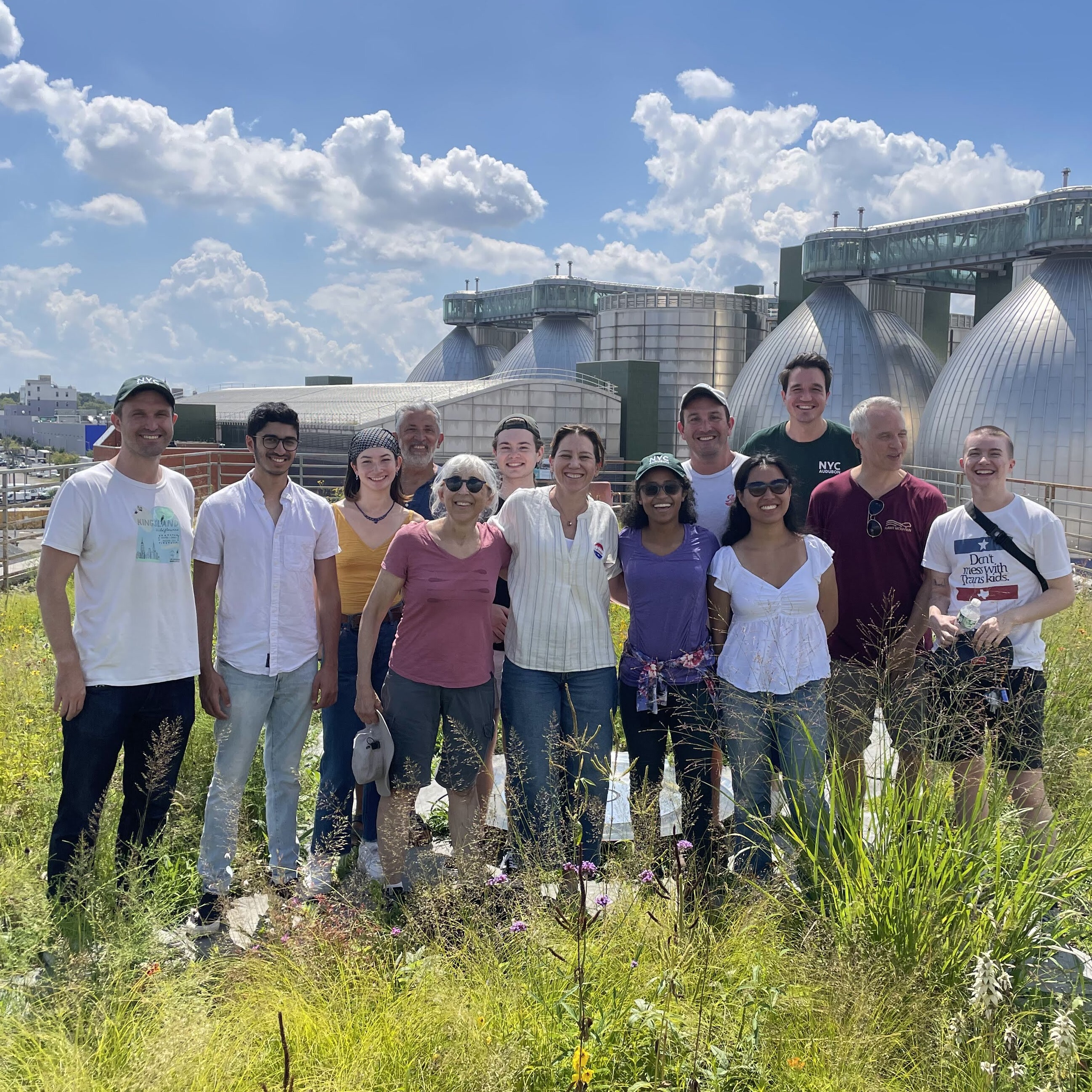
The Audubon Network
NYC Bird Alliance is part of a national network of 400 local, independent chapters affiliated with the National Audubon Society. Many chapters around the country have undergone similar processes as NYC Bird Alliance to assess the "Audubon" name. We remain a chapter of National Audubon and a partner to organizations across the Flyways.
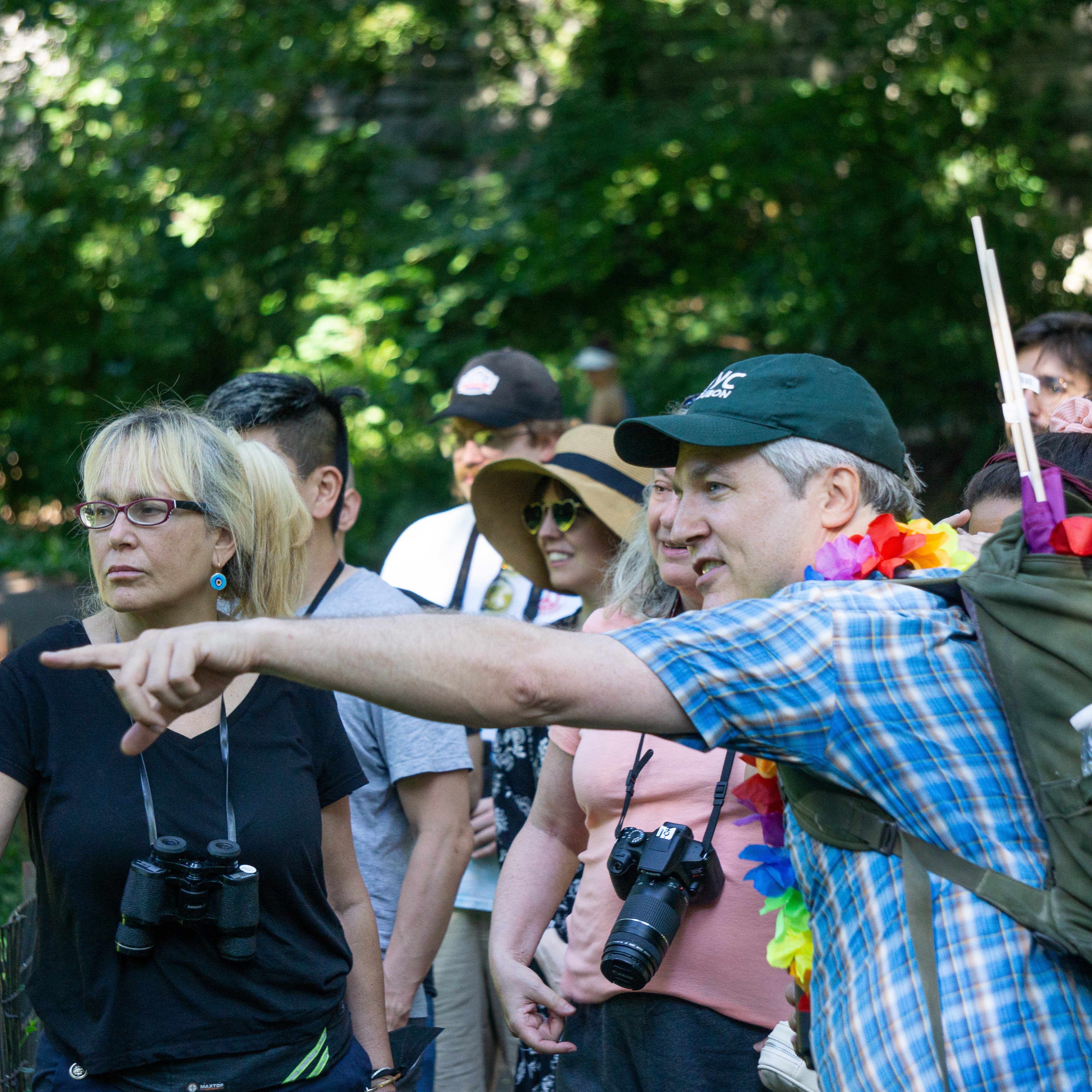
EQUITY, DIVERSITY, INCLUSION, AND ACCESSIBILITY
NYC Bird Alliance believes all people have the right to a close connection to the natural world and the right to a healthy environment. Our name change is just one way we center EDIA in our work to protect birds and engage New Yorkers.
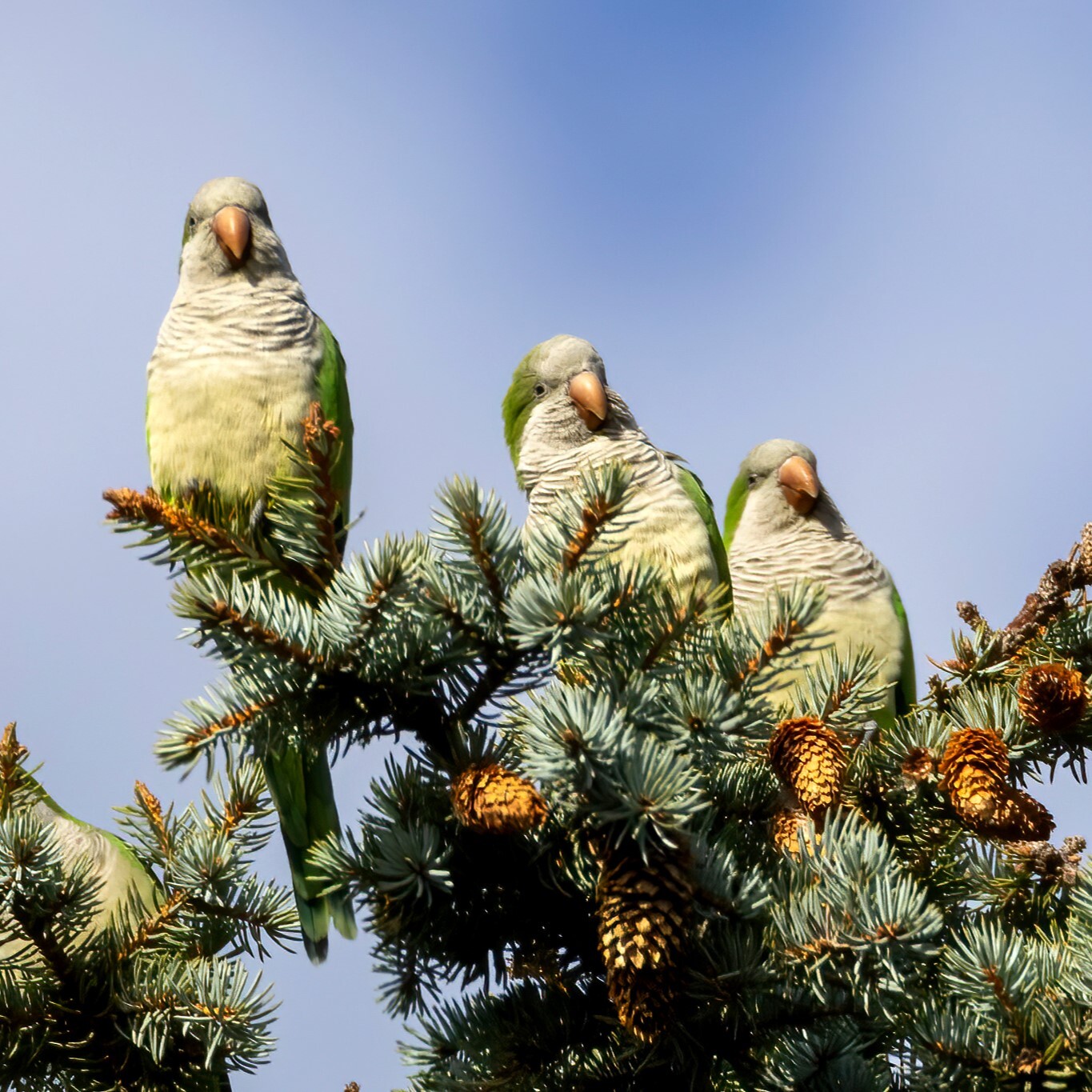
NAME CHANGE FAQS
Here are some answers to questions about our name change that might be on your mind.
